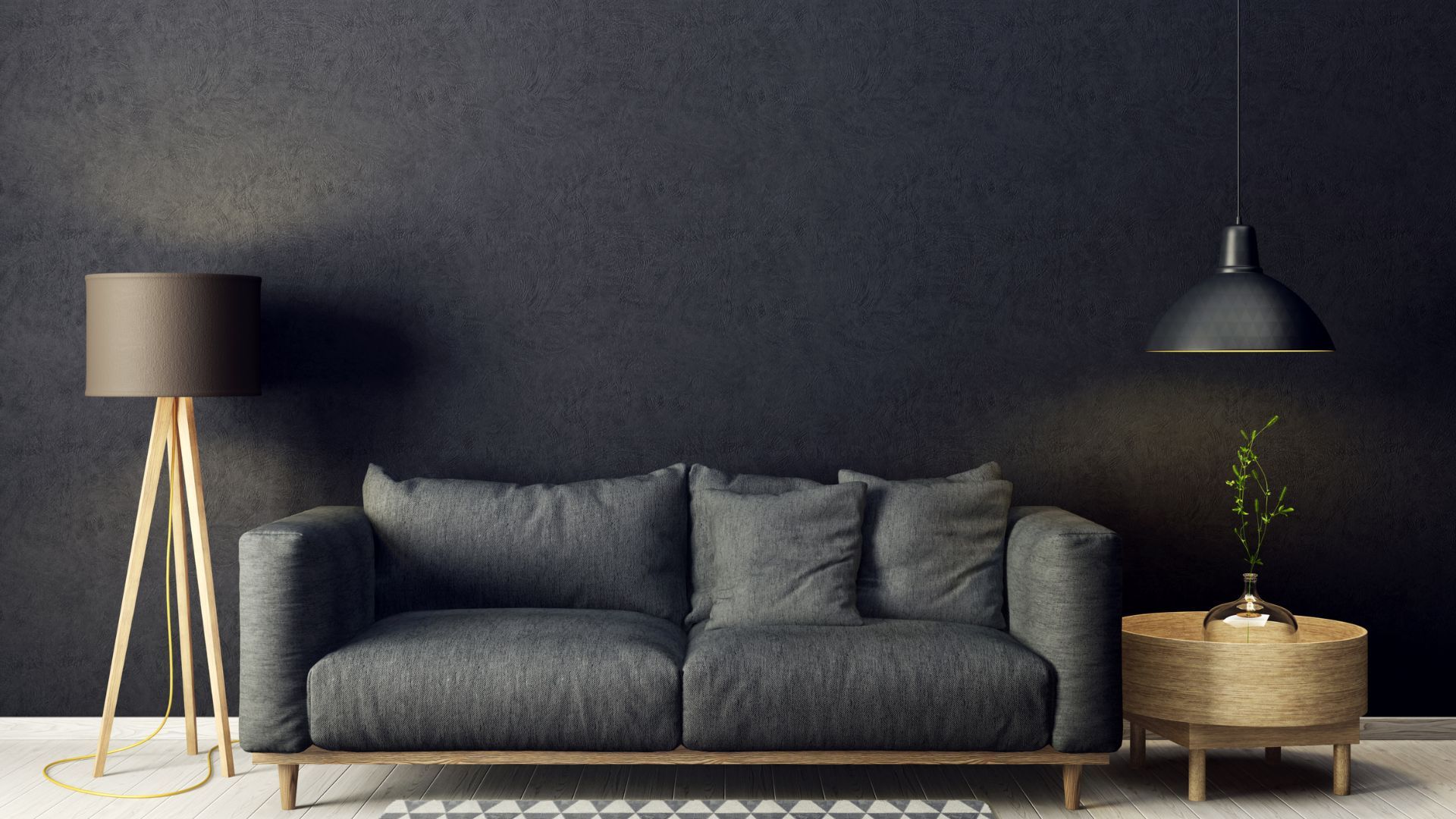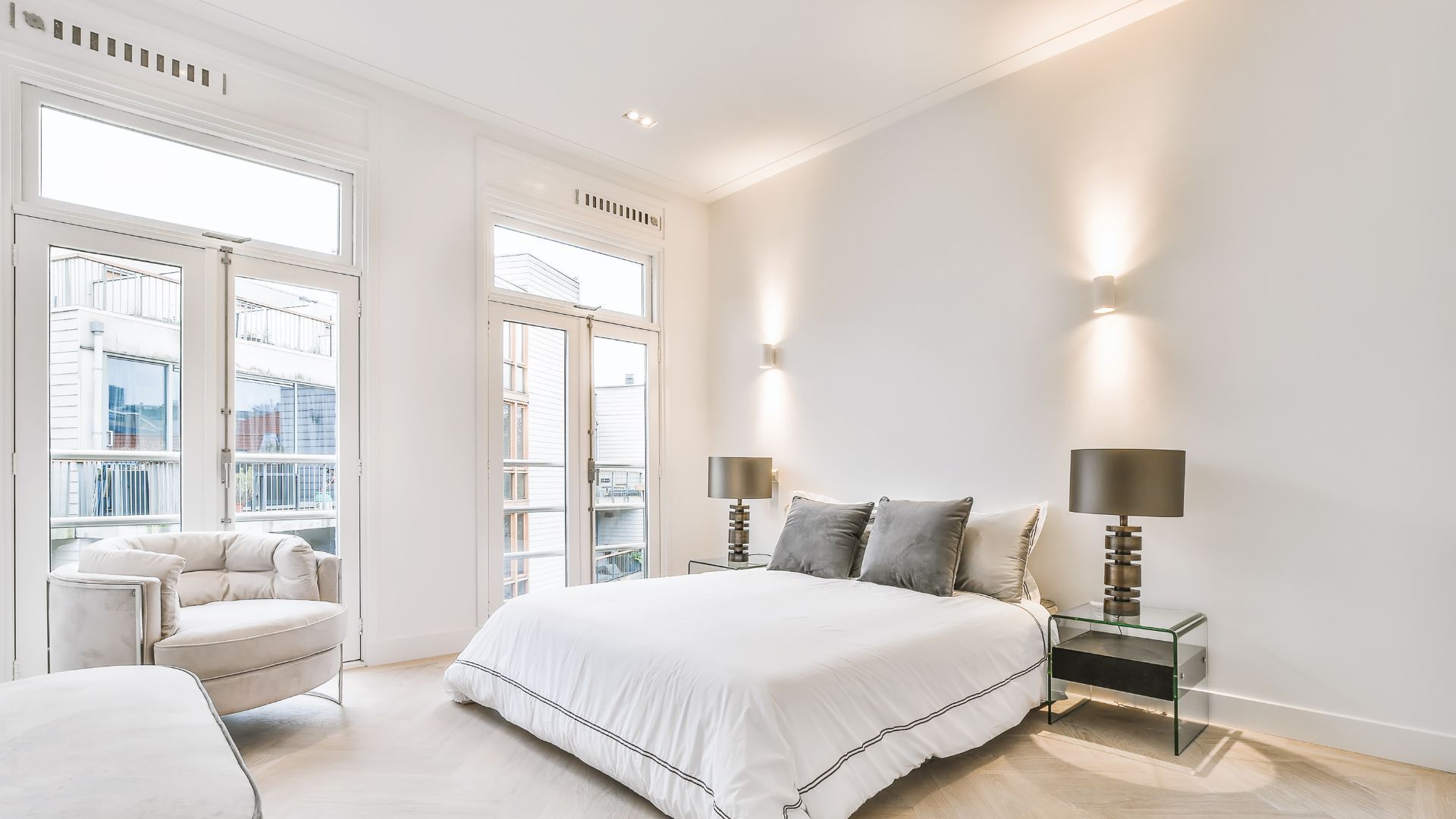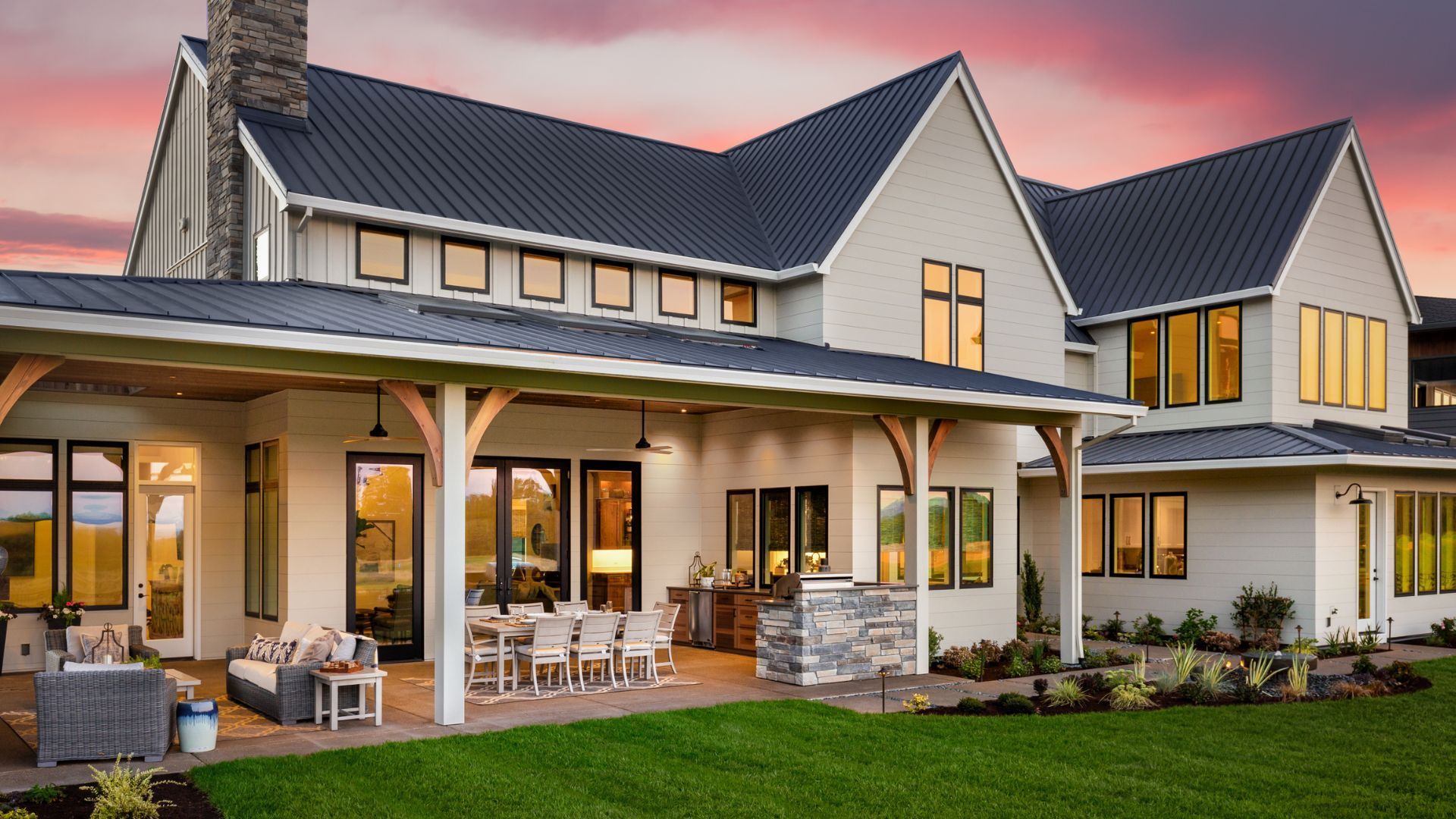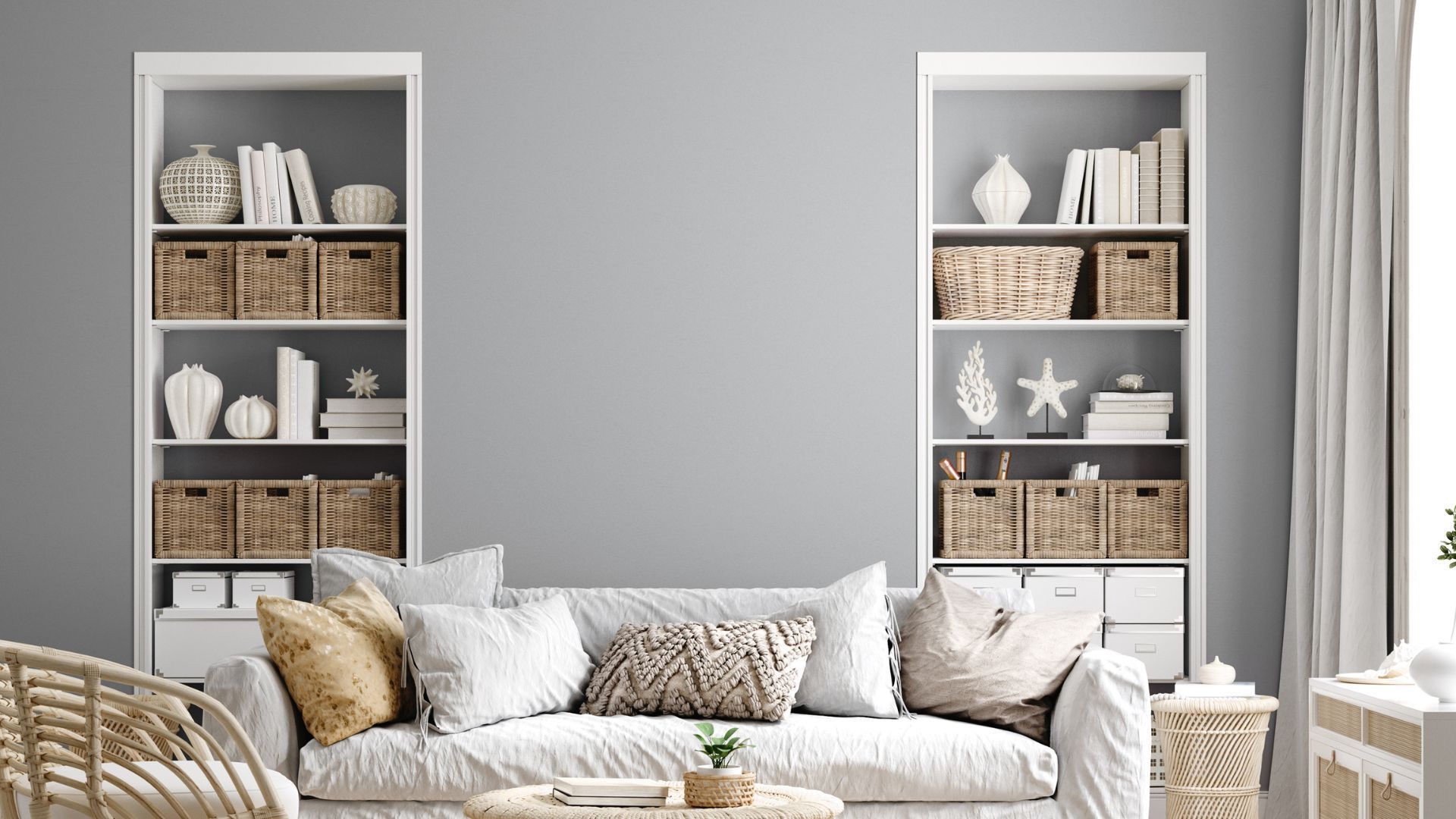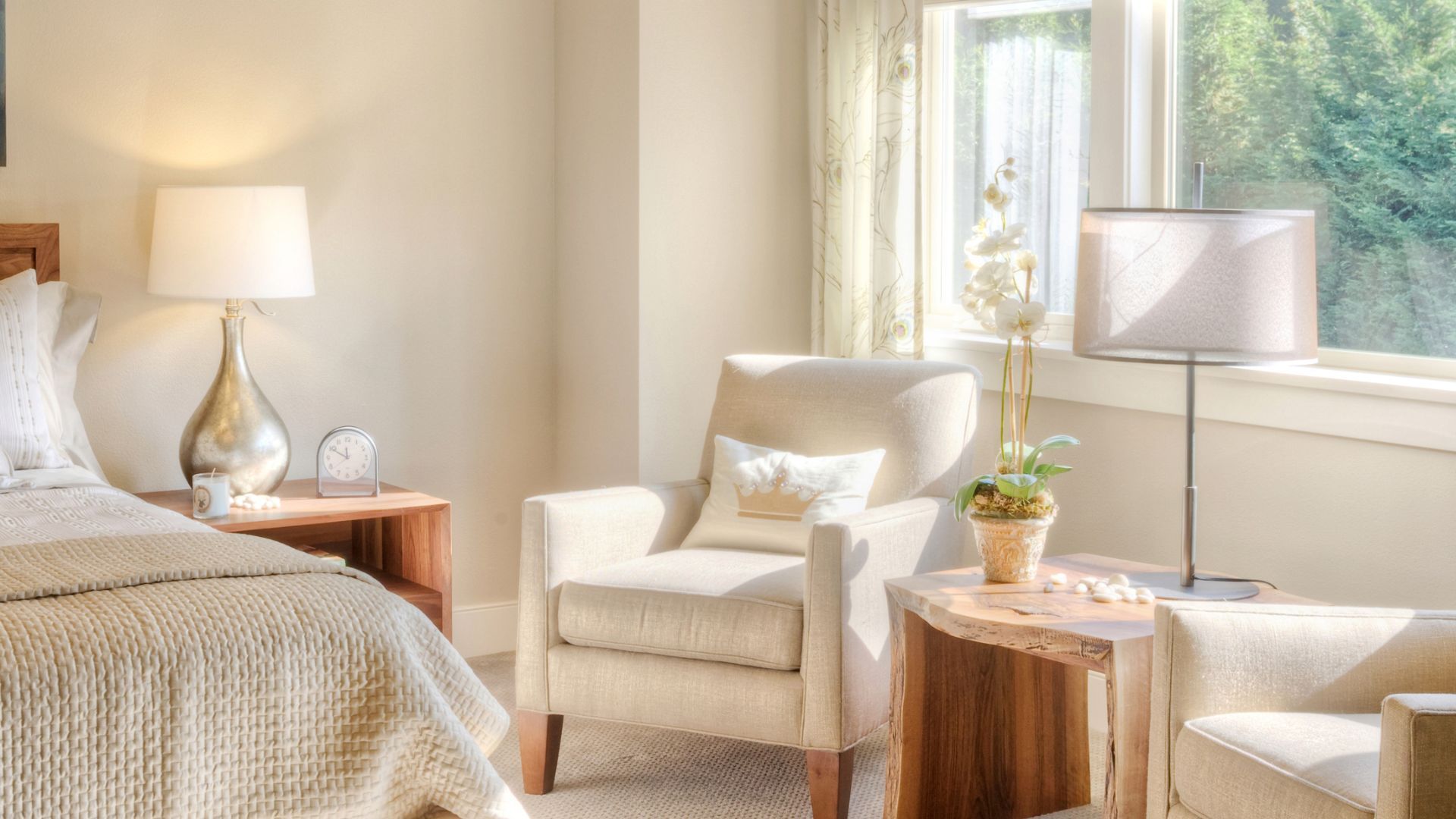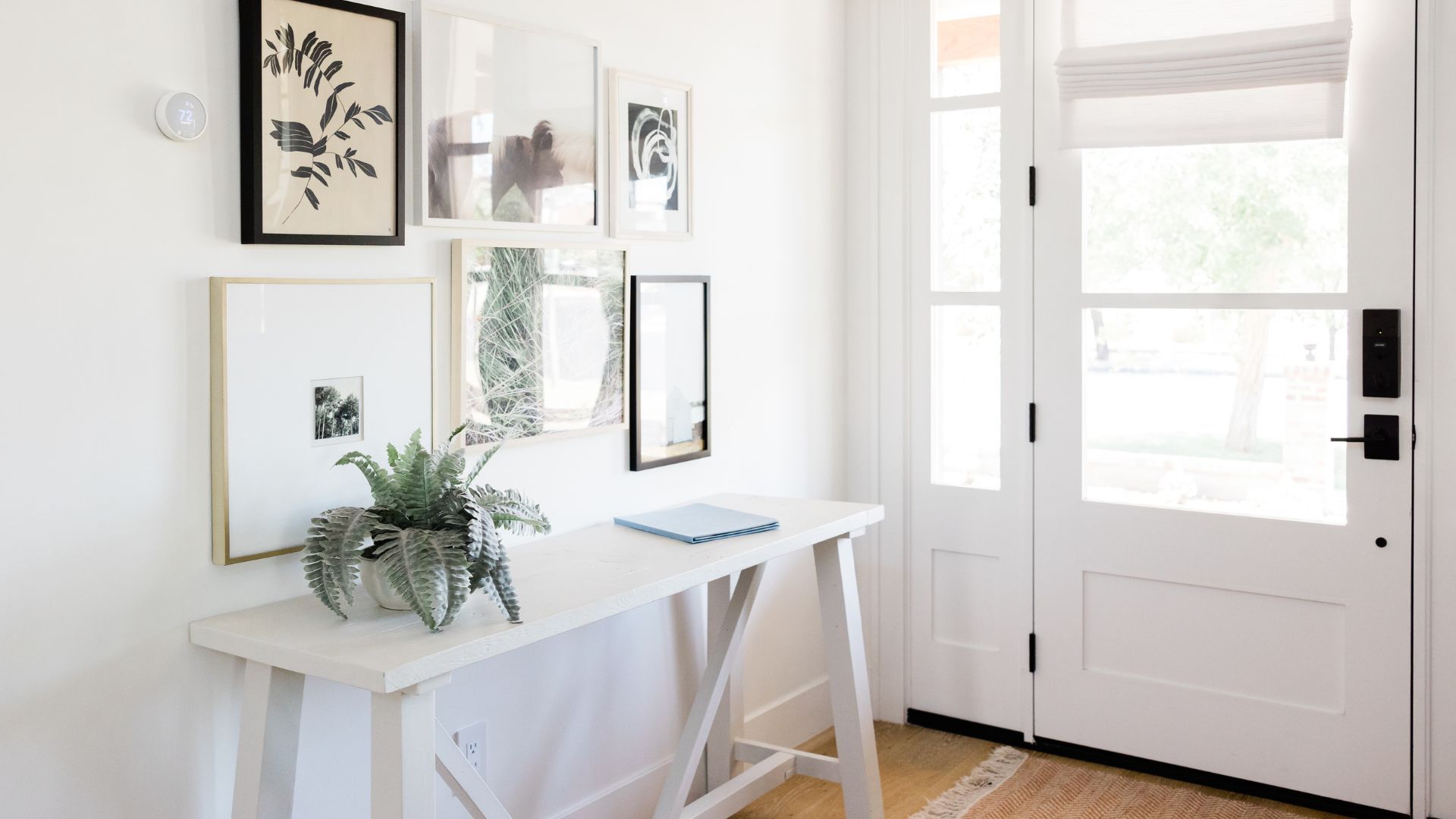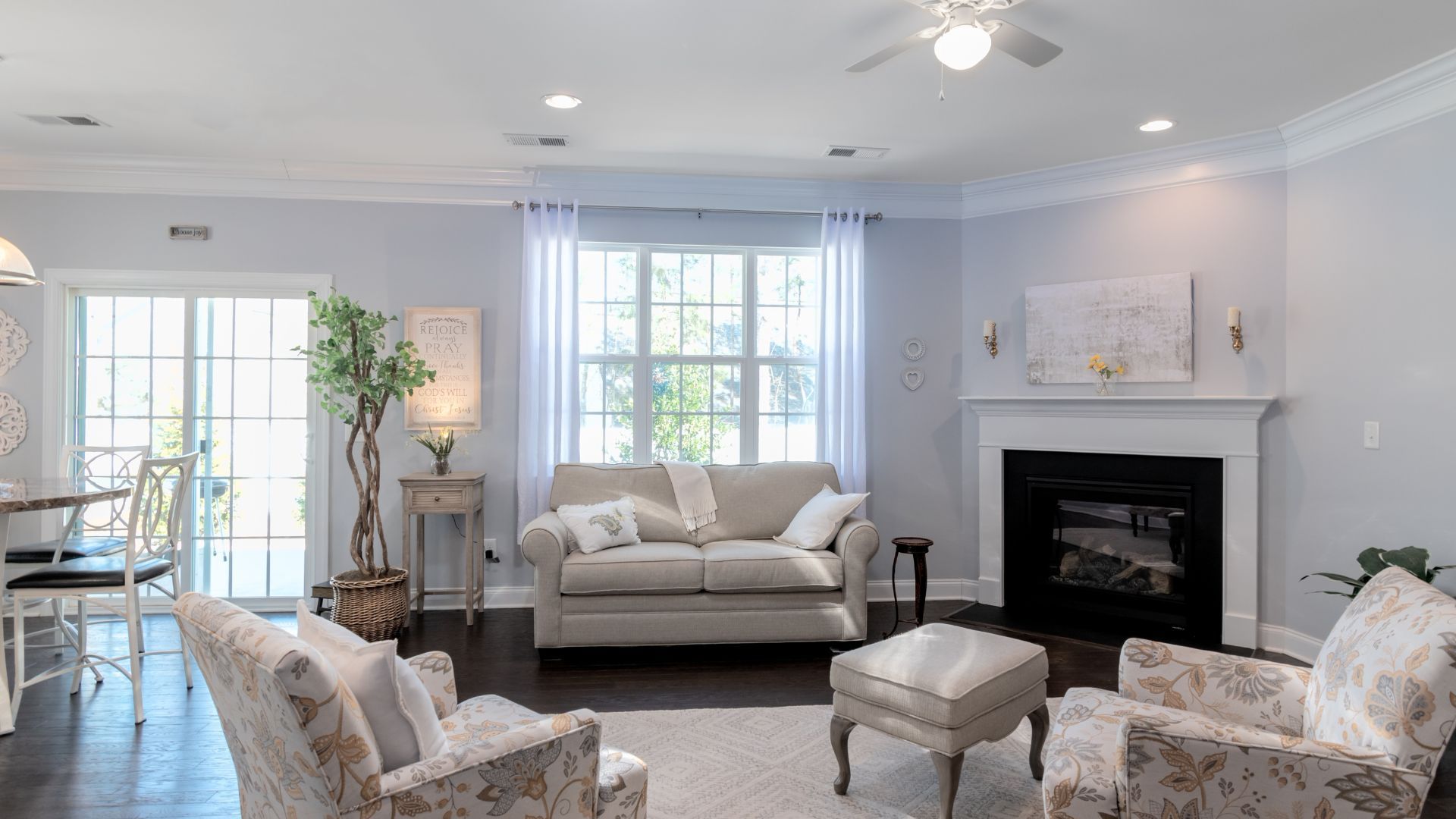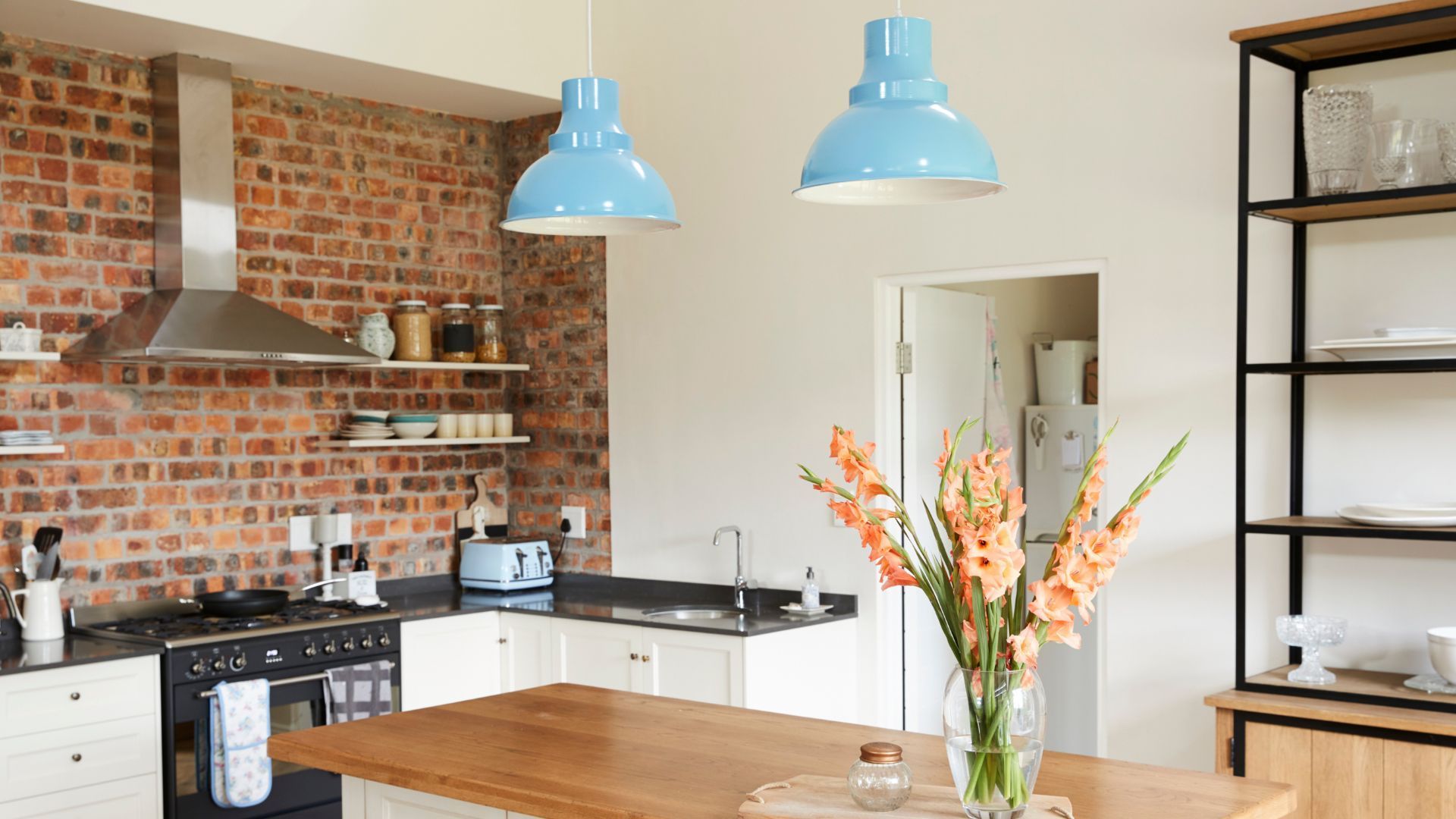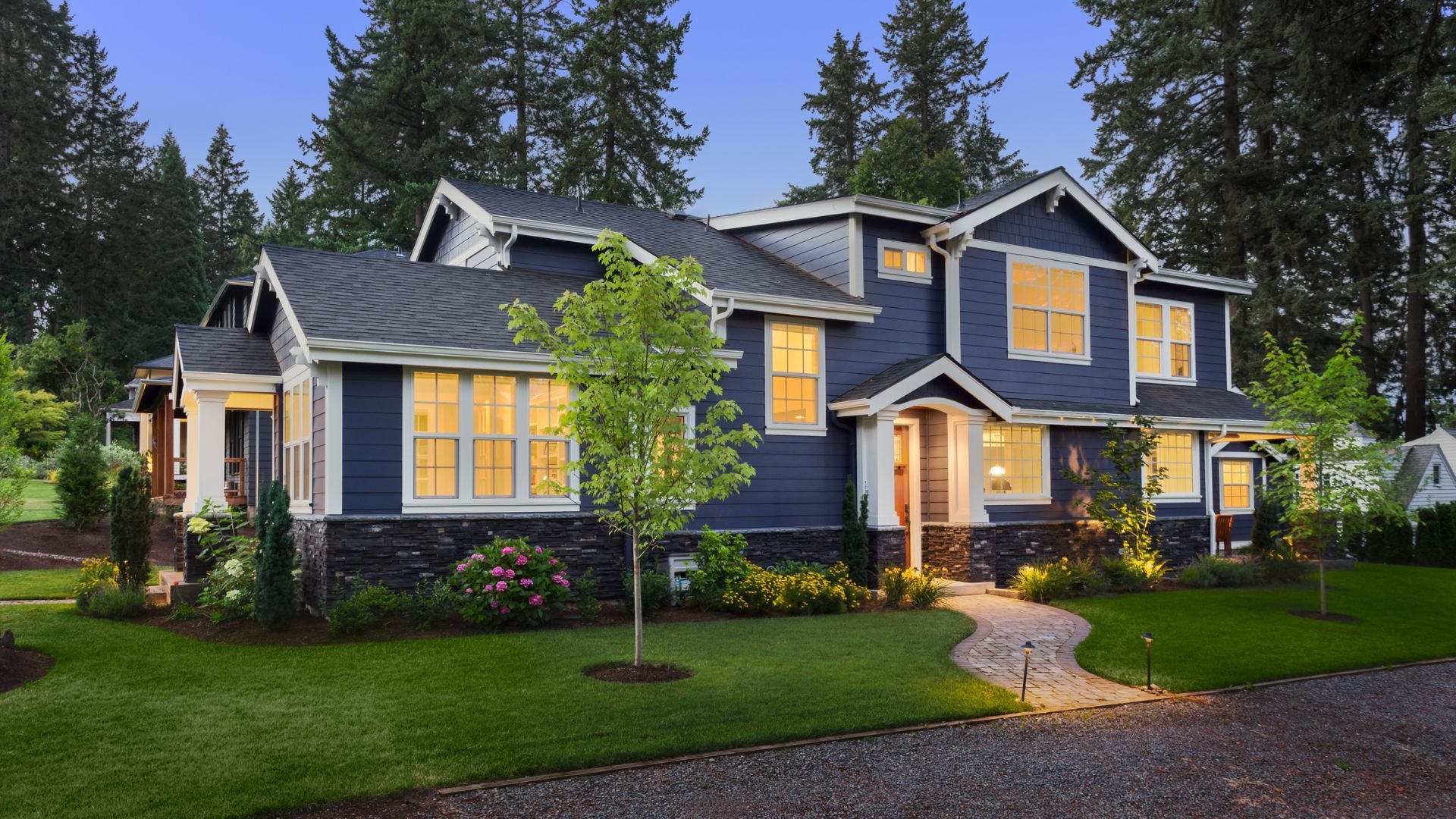Commercial Paint Quotes in Rhode Island: What to Expect
Commercial Paint Quotes in Rhode Island: What to Expect When Getting Accurate Estimates

Commercial paint quotes in Rhode Island define the scope, factors influencing project scope and timeline, and timeline for painting projects that affect offices, retail spaces, industrial facilities, healthcare centers, and educational buildings. This article explains what a commercial painting estimate is, how quotes are assembled, and why accurate, itemized proposals matter when budgeting for commercial painting services in Rhode Island. Readers will learn the typical line-items found in quotes, per-square-foot and hourly ranges commonly seen in the market, and a step-by-step process to obtain comparable bids. The guide also covers the top factors that influence pricing—paint type, accessibility, surface condition, and scheduling—and practical checklists you can bring to contractors. Finally, we explain how to vet contractors for safety and quality and outline long-term value considerations like durability and maintenance plans to prioritize best value over the lowest bid.
What Are Commercial Paint Quotes and What Do They Include?
A commercial paint quote is an itemized estimate that lists labor, materials, surface preparation, coatings, equipment, permits, and cleanup so owners can compare bids fairly. Itemization matters because it reveals which elements are for labor versus materials and which are allowances for repairs or specialized coatings, enabling apples-to-apples comparisons. Clear quotes show units of measure—per square foot, per hour, or per project—and indicate warranty, timeline, and any exclusions. Understanding these components helps facility managers choose proposals that balance investment, performance, and long-term maintenance savings.
Commercial painting quotes commonly include these line-items:
- Labor hours and crew rates are listed as hourly or per-square-foot charges.
- Materials include primer, paint, sealers, and specialized coatings.
- Surface preparation tasks such as patching, sanding, stripping, and priming.
- Equipment rental and access requirements for lifts, scaffolding, and containment.
These inclusions let you spot omissions or hidden fees and prepare you to ask contractors for clarity on scope and exclusions.
Different quote components and typical values are summarized below to help you parse proposals efficiently.
| Component | Detail |
|---|---|
| Labor | Hourly crew rate or per-sq-ft charge |
| Materials | Paint, primer, sealers (by type) |
| Prep & Repairs | Patching, sanding, stripping, priming |
| Equipment & Access | Scaffolding, lifts, containment |
This table clarifies common line-items so you can request matching details from each bidder before comparison.
What Components Make Up a Commercial Painting Quote?

Commercial painting quotes break down into labor, materials, surface preparation, specialized coatings, equipment, permits, and cleanup; each component affects the overall project and timeline. Labor accounts for crew skill and time, materials cover primer and topcoats (including low-VOC options), and prep can include patching and mildew remediation that adds hours. Specialized coatings such as epoxy floor systems or anti-graffiti finishes increase material and application complexity, raising unit investment. Knowing these elements lets you ask for itemized pricing and understand how each choice changes the total project investment.
These component details naturally lead into how project size and surface condition amplify or mitigate the overall project investment.
How Do Project Size and Surface Condition Affect Your Quote?
Project size changes per-unit pricing through scale: larger square footage often reduces per-square-foot rates but increases total labor hours. Surface condition drives prep time—damaged, porous, or lead-containing substrates require more prep, repairs, or remediation that raise the overall project investment and require contractors with specific certifications. Complex repairs may trigger additional trades (plaster, carpentry), extending the timeline and budget. Evaluating surface conditions during the site visit helps contractors produce realistic, itemized estimates.
This examination of size and condition frames typical Rhode Island pricing considerations in the next subsection.
What Are the Average Commercial Painting Considerations in Rhode Island?
Typical commercial painting rates in Rhode Island vary for standard interior or exterior work, with labor rates depending on crew and complexity. Projects needing specialized coatings, high-access equipment, or extensive repairs can exceed these ranges; high-rise or industrial coatings frequently add significant premiums. Always treat per-square-foot estimates as starting points and request itemized proposals showing how prep, materials, and access were priced. Comparing those itemized figures reveals the true factors influencing the overall investment behind quoted totals.
How Do You Get a Commercial Painting Estimate in Rhode Island?
Getting a reliable commercial painting estimate requires a clear process: initial inquiry, detailed site visit, itemized proposal, and a formal contract that matches scope and schedule. The contractor inspects substrate condition, measures areas, confirms access, and verifies operational constraints before pricing. You should ask for an itemized proposal that separates labor, materials, prep, coatings, equipment, and any allowances. A transparent process reduces surprises and supports value-based decisions rather than the most economical bid selection.
Follow these step-by-step actions to obtain a complete estimate:
- Submit a clear initial brief: Provide property type, square footage, photos, and schedule constraints.
- Schedule a site visit: Allow contractors to assess surfaces, heights, and logistics in person.
- Request itemized proposals: Ask for labor, materials, prep, coatings, equipment, and timeline line-items.
- Compare and verify: Check insurance, references, warranties, and scope parity before contracting.
This structured checklist ensures each bidder bases pricing on the same assumptions and measurements.
Contractor-ready information you should provide is summarized in the table below to streamline requests for accurate estimates.
| Project Detail | Required Info | Example |
|---|---|---|
| Property Type | Building use and occupancy | Office, retail, healthcare |
| Size & Layout | Square footage, wall heights, floor plans | 10,000 sq ft; 12 ft ceilings |
| Finish Preferences | Paint type, sheen, VOC requirements | Low-VOC satin finish |
| Scheduling Constraints | Work hours, phasing needs | Night shifts or weekend access |
Providing these specifics helps contractors produce accurate, comparable proposals and supports asking for references and proof of insurance.
What Are the Step-by-Step Processes for Obtaining a Commercial Paint Quote?
An accurate quoting process starts with a clear project brief, followed by a thorough on-site assessment that documents substrate condition, access, and hidden issues. Contractors then draft itemized proposals that list quantities, unit valuations, timeline, exclusions, and warranty terms. After review, negotiate scope clarifications, confirm insurance and certifications, and sign a contract that reflects the approved proposal. This transparent workflow reduces scope creep and aligns expectations before work begins.
A well-run quoting process makes it easier to evaluate bids in the next section.
What Information Should You Provide to Get an Accurate Estimate?
Provide square footage, room counts, ceiling heights, current finishes, photos or plans, operating hours, and any hazardous-material history to get precise estimates. Specify material preferences (brands, low-VOC requirements), desired sheen, phasing constraints, and access limitations like lane closures or tenant coordination. The more precise your brief, the fewer assumptions bidders must make, which produces tighter, comparable pricing. Bring this checklist to meetings to ensure contractors base proposals on the same facts.
Clear information enables fair comparison when evaluating bids.
How to Evaluate and Compare Commercial Painting Bids?

Compare bids by checking itemization, scope parity, included warranties, insurance certificates, and timeline commitments. Beware of very low bids that omit prep or use lower quality coatings; validate references and request photos of comparable completed projects. Consider total value—durability, maintenance savings, and downtime reduction—rather than choosing the most economical option. Ensure bids include payment schedule and dispute-resolution terms before signing.
Evaluating bids thoroughly leads to understanding the specific factors influencing the overall investment described next.
Which Factors Influence Commercial Painting Investment in Rhode Island?
Several core factors drive commercial painting investment: paint and coating choice, accessibility and project complexity, surface condition, and whether work is interior or exterior. Paint type dictates material investment and lifespan; accessibility determines equipment needs; surface condition controls prep time; and scheduling affects labor rates for nights or phased work. Recognizing these drivers helps you anticipate variations in proposals and prioritize investments that reduce long-term maintenance.
Below are the most influential factors influencing investment and why they matter:
- Paint type: Specialty coatings represent a higher initial investment but extend service life.
- Accessibility: Height and confined spaces require lifts or scaffolding.
- Surface condition: Damaged substrates increase prep and repair time.
- Schedule: Off-hours or phased work raises labor and logistics requirements.
These factors interact—specialty coatings plus high access increase the overall investment, which informs the EAV table below.
| Factor | Investment Impact | Typical Effect |
|---|---|---|
| Paint Type | Material + application complexity | Epoxy or anti-graffiti increases unit investment |
| Accessibility | Equipment and labor time | Lifts/scaffolding significantly impact project scope |
| Surface Condition | Prep and repair hours | Poor substrates increase labor substantially |
Understanding these trade-offs helps you choose coatings and scheduling that optimize lifecycle value.
How Do Paint Types and Specialized Coatings Impact Pricing?
Specialty coatings such as epoxy floor systems, anti-graffiti finishes, and corrosion-resistant paints carry higher material and application investment but deliver longer service life and lower maintenance. For industrial or healthcare settings, these coatings can reduce downtime and lifecycle expenses, making them economically advantageous despite higher initial investment. Choose specialized coatings when durability, chemical resistance, or easy cleaning are operational priorities.
Selecting appropriate coatings depends on facility type and expected wear, which is discussed in contractor selection.
What Role Do Accessibility and Project Complexity Play in Investment?
Accessibility governs whether contractors need lifts, scaffolding, or rope access; these requirements increase labor and equipment charges and can significantly increase the overall project investment for high-access jobs. Complex logistics—working around tenants, shift operations, or requiring lane closures—also raise coordination time and supervision fees. Mitigation strategies include phased work, off-hours scheduling, or temporary closures to reduce premium charges.
Reducing complexity where possible lowers quotes and shortens schedules.
How Does Interior vs. Exterior Painting Affect Your Quote?
Exterior projects typically require more prep (pressure washing, weatherproofing), additional protective coatings, and access equipment for heights, which raises the overall project investment and introduces seasonal scheduling concerns. Interiors may require tenant coordination, odor control, and low-VOC products, adding time for containment and ventilation. Each environment demands different planning and coatings, so ensure proposals reflect these distinctions in scope and pricing.
How to Choose the Right Commercial Painting Company in Rhode Island?
Choose a contractor with documented experience in similar property types, verifiable references, and demonstrated safety practices; require proof of insurance and clear warranty terms. Relevant credentials include OSHA-aligned safety programs and, when applicable, lead-safe practices for older buildings. A strong portfolio, transparent proposals, and a clear quality-control plan indicate a firm that prioritizes durable outcomes and regulatory compliance.
When interviewing contractors, use the checklist below to vet suitability.
- Ask about experience with similar commercial property types and request portfolio examples.
- Request proof of insurance, bonding, and safety plans aligned with OSHA expectations.
- Confirm warranty terms, cleanup procedures, and project supervision details.
These questions help you confirm a contractor’s ability to deliver the scope in their proposal.
What Experience and Certifications Should You Look For?
Look for firms with documented commercial project experience in offices, retail, healthcare, or industrial settings, and evidence of safety training and site-specific planning. Certifications or documented safety programs aligned with OSHA and EPA practices indicate a commitment to compliance. Request project references and photos of completed work that match your project type to verify competence.
Experience and credentials reduce risk and ensure regulatory requirements are met.
Which Questions Should You Ask Potential Commercial Painters?
Ask about crew size, subcontracting plans, timeline guarantees, insurance limits, warranty coverage, cleanup and disposal practices, and how they handle unexpected substrate issues. Request references and ask for examples of similar projects, including before-and-after photos. Clarify payment terms, change-order procedures, and how they protect occupied spaces during work.
Clear answers to these questions improve bid comparability and contractor accountability.
How Do Rhode Island Commercial Painters Ensure Quality and Safety?
Quality and safety are ensured through surface testing, containment plans, personal protective equipment, fall protection systems, and documented QA checkpoints like punch lists and final inspections. Contractors should supply insurance certificates and outline site safety and environmental practices in proposals. Verify that proposals include inspection milestones and warranty conditions to ensure finish quality and long-term performance.
Confirming these practices before hire minimizes onsite risk and supports project success.
What Are the Long-Term Benefits of Professional Commercial Painting for Rhode Island Businesses?
Professional commercial painting protects building substrates, extends service life, and reduces maintenance requirements by applying correct primers and coatings matched to building use. High-quality prep and specified coatings prevent moisture intrusion, corrosion, and surface degradation, lowering repaint frequency and lifecycle expense. Investing in appropriate coatings yields long-term savings and enhances tenant satisfaction and asset value through improved appearance.
Key long-term benefits include:
- Extended lifecycle and reduced repainting frequency.
- Reduced maintenance and cleaning requirements through durable finishes.
- Improved curb appeal and tenant or customer perception.
These benefits translate into measurable ROI when considered alongside initial project investment.
How Does Quality Painting Improve Durability and Reduce Maintenance?
Proper surface preparation, primer selection, and specified topcoats create protective systems that resist environmental and operational wear, thereby extending repaint intervals. Specialty coatings add abrasion, chemical, and moisture resistance where needed, translating into fewer touch-ups and lower operational disruption. Over time, these factors reduce the total investment of ownership versus repeatedly selecting lower-quality, less durable options.
Regular maintenance planning complements the initial investment to extend performance.
What Maintenance Tips Help Extend Your Commercial Paint Job?
Adopt a scheduled inspection cadence, address touch-ups promptly, and use gentle cleaning methods recommended for the coating type to prolong finish life. Quarterly visual inspections catch staining or abrasion early; immediate spot repair of damage prevents substrate deterioration. Schedule professional refresh cycles based on building use and coating lifecycle to maintain appearance and protection long-term.
Consistent upkeep preserves ROI and defers full repaints.
How Can Commercial Painting Enhance Your Business Image and Curb Appeal?
A professionally executed paint project reinforces brand identity through color consistency, clean finishes, and durable materials that withstand high-traffic wear. For storefronts and lobbies, color and finish choices shape customer perception and can improve tenant retention in multi-tenant properties. Selecting brand-aligned colors paired with durable, easy-to-clean coatings supports both aesthetics and operational efficiency.
Design choices combined with durable coatings boost both perception and performance, and for actionable next steps, consider obtaining local estimates.
For owners ready to proceed, request free, on-site commercial painting estimates from licensed Rhode Island contractors and use the checklists and questions provided here when asking for quotes to ensure you receive comparable, itemized proposals that reflect true scope and value.
